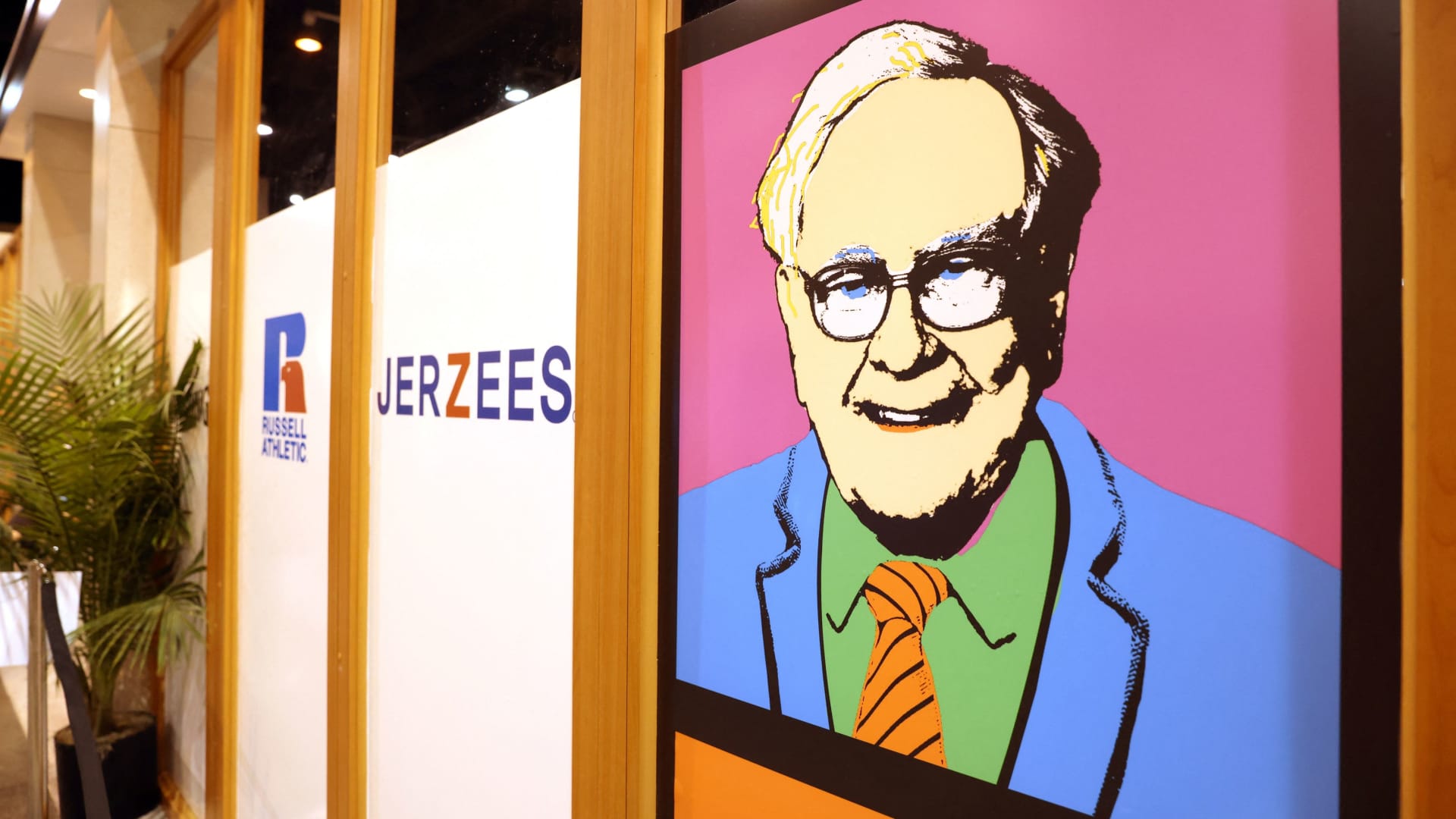Never mind the minor issues of legacy automotive. What do you think this must feel like for the people controlling ROPEC+, or more pertinently the people dependent on the oil revenues continuing to roll in from exports. Here is my graph of existing oil production and future demand, overlaid with a set of curves that apply the world average of a 6.5% reservoir decline curve. You can see that already the major oil producing nations have vast stranded assets of existing
producing reservoirs, never mind the locked-in resource base of the as-yet undeveloped reserves.
(Different types of reservoirs have different typical decline curves. One can do this analysis at a country level or a company level if inclined.)
If you are a driller, you are in the same situation as a legacy auto, you've literally got 10-years left in your job !* But there are a lot of other people who have a serious chance of losing their lives, or their meagre subsistence. Mostly all over the Middle East.
View attachment 911393
And here are the biggest exporters. The list gets even more interesting when you look at oil exports per capita, and then consider which of those countries is realistically going to be able to substitute those revenues with renewables-derived revenues. The petro-states and their client states are in for a very rocky ride as the cashflows dry up pretty quickly.
View attachment 911386
Saudi Arabia’s crude oil exports in 2022 had a value of 224.8 billion U.S.

www.statista.com
* Slight exaggeration - one needs drillers right up until the last moment as that 6.5% decline curve assumes normal oilfield interventions, workovers, etc. Plus once the wells are shut-in they need to be tidied away nicely. Be nice to your drillers, they need cuddles !






